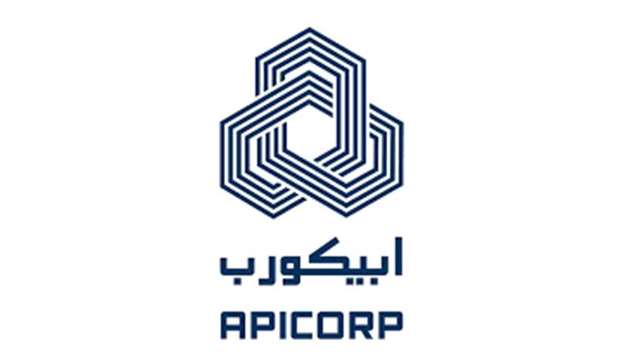*The focus will be on exporting low-carbon hydrogen to demand centers in Europe and SE Asia via ammonia shipments, Arab Petroleum Investments Corporation said in a report
GCC is set to become global hydrogen export hub catering to demand in Europe and Southeast Asia, according to Arab Petroleum Investments Corporation (Apicorp).Apicorp’s analysis shows that right across the region, blue and green hydrogen will dominate the emerging hydrogen markets in the near term. The report forecasts that hydrogen markets will start scaling up as the market foundations are established, and for the MENA region – GCC and North Africa specifically – the focus will be on exporting low-carbon hydrogen to demand centers in Europe and SE Asia via ammonia shipments.
Suhail Shatila, senior energy specialist at Apicorp said, “In the medium term, blue hydrogen proves to be a more attractive option to the MENA region. Blue hydrogen can be produced at a relatively low cost, and it will only slightly disrupt the IOCs and NOCs existing business models. This is a central metric in the energy transition journey since hydrocarbon producers will play a key role in decarbonizing the upstream oil and gas sector and help reach net-zero targets by mid-century.”
MENA energy investments, Apicorp said will increase by 9% to exceed $879bn over the next five years.
In the GCC, committed projects comprise around 45% of total energy investments – 50% higher than the MENA-wide average of 30%. For net-energy importers in the North Africa and Levant regions, their relative vulnerability to geopolitical risks stemming from the war compounded by the economic strains of inflation and debt burdens are beginning to show and impact energy investments.
Ramy al-Ashmawy, senior energy specialist at Apicorp said, “Our latest MENA Energy Investment Outlook shows that the region continues to progress in its unique energy transition path. Namely, MENA countries shoulder the largest share of global investments in oil and gas going forward to ensure global energy security and avoid an impending super cycle that may severely hamper the world economy.
“At the same time, the region continues to invest in decarbonisation, renewables and clean energy as part of the long-term strategic vision for a low-carbon future underpinned by a greener, more balanced, and sustainable energy mix.”
Energy diversification is at the top of the agenda, with several MENA countries integrating renewables in their generation mix as part of a shared policy objective to diversify the power mix with low-cost, low-carbon energy sources and bolster power supply security.
For hydrocarbon net-importing countries with robust renewables potential, the aim is to reduce dependence on conventional fuel imports and integrate low-cost renewables into domestic grids. Over the coming years, the priority for hydrocarbon net exporters is to free up export volumes of conventional fuels to maximise revenues at healthy price environments to fund socioeconomic development and support the decarbonisation initiatives of their respective net-zero targets.
The MENA region is expected to add 5.6GW of installed capacity from renewables in 2022, nearly double the 3GW, which came online in 2021. By 2026, the region is expected to add 33GW by installed capacity of renewables, with around 26GW as utility and distributed solar PV.
Apicorp forecasts that of the energy vectors constituting the power mix in MENA, natural gas – which is already a dominant fuel for power generation – is expected to grow to maintain a power generation share of around 70% to 75% across MENA by 2024. Another positive sustainability signal oil-fired power, which is expected to drop from 24% of total generation to around 20% by 2024, Apicorp noted.


